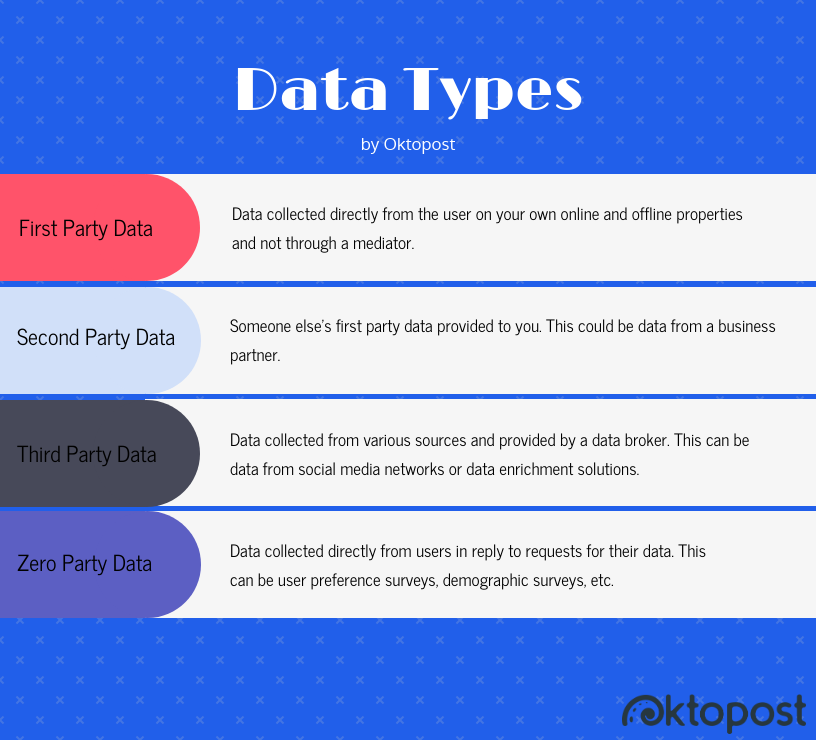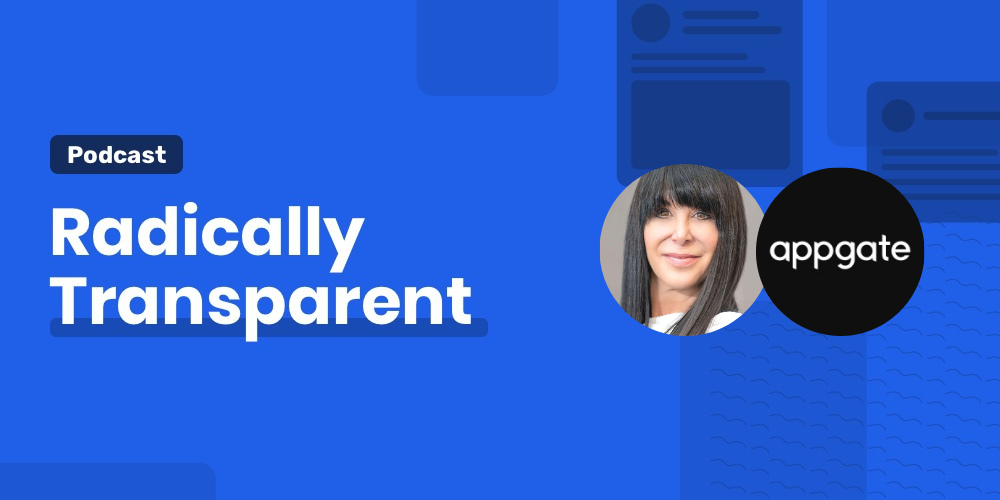Zero party data: What it is and why you need it

Table of contents
Watch what you say around marketers—there are some new four letter words out there that are known to immediately raise the temperature in the room when people start dropping them. We’re talking about GDPR, CCPA, and the rest of the data compliance regulation acronyms. If you’re in marketing and you haven’t felt the impact of these laws on your work yet, it’s probably only a matter of time. Digital marketing is highly reliant on browser data such as cookies and third-party tracking, but with browsers taking steps to curtail data collection, it’s going to become increasingly harder to run effective marketing campaigns
How can you tell if you’re being affected by these changes? Just look at your cost per conversion and see if it’s been rising. If so, it’s reasonable to think that has something to do with the additional requirements imposed by the recent wave of new privacy regulations.
What’s a marketer to do? Consider why these regulations are flourishing in the first place. Consumers are put off by brands they’ve never heard of coming at them with overly intrusive personalized messaging. Aggressive approaches to data collection leave them feeling like they’re in an oppositional relationship to the businesses trying to sell to them. Now that it’s come to this, the best thing you can do is win back their trust and reestablish a relationship based on mutual give-and-take…but how? One way is to recenter trust and consent by requesting and utilizing zero-party data.
What is zero-party data?
In the beginning, there were three categories of consumer data used for marketing purposes:
- First Party Data – which you’ve collected directly from the consumer.
- Second Party Data – which is provided to you by the entity that collected it—in other words, somebody else’s first party data.
- Third Party Data – collected from various sources and provided to you by a broker who may not have had any direct interactions with consumers.
As digital marketing evolved, it became clear that not all first-party data was alike and that a new category needed to be created to refer not just to any data collected through a consumer’s interactions with your brand but data that they intentionally supplied to you for some specific purpose. This is zero-party data.
With cookies and trackers, you can tell a lot about a consumer when they visit your website—where they’re located, what browser and device they’re using, what they’re clicking on. You can infer a lot about them from that data. Zero-party data takes you out of the tracking and inferring game and gives you the chance to focus on the things the consumer actually wants you to know about them:
- How they want to be identified
- How, where, and when they want to be contacted
- What are their purchase intentions are
In other words, zero-party data is what consumers tell you when you ask them directly, “What do you want?”

Why use zero-party data?
You might be wondering what the advantage of zero-party data is when it consists entirely of volunteered information. Today’s consumers are guarded about their privacy and suspicious about what companies want to do with it (and to whom it might get sold). Why rely on zero-party data when cookies, trackers, and third-party brokers have the potential to deliver so much more information—whether the consumer likes it or not?
The thing to remember is that all that first, second, and third party data is becoming less accurate and useful for marketing purposes as more protections get put in place and consumers wise up to the ways their data is being used without their consent. Zero party data avoids these potential pitfalls because the consumer gave it to you on purpose, for a reason. If you use the data for marketing activities aligning with those reasons, you can expect to reach those consumers more effectively.
To break it down further, here’s a rundown of some of the ways in which zero-party data can be advantageous:
- It builds trust with consumers by respecting their privacy and intentions
- It makes you better prepared for a future in which data compliance regulations make it harder to collect data without consumer consent
- It enriches the data you already have by adding accurate and reliable data points straight from the consumers themselves
- It improves the quality of your data by avoiding inferences and outdated information from third-party data sellers
- It lets you find out what really concerns your audience when it comes to privacy
At its core, zero-party data is data obtained through dialogue with consumers, not from observing, extrapolating, or soliciting old data collected by others. That means it’s more timely, more likely to reflect the consumer’s current interests and preferences, and more relevant from a marketing perspective.
Recommended for further reading
What Are Some Good Ways to Collect Zero Party Data?
Generally speaking, collection methods for zero-party data are transactional in nature. You can’t really expect consumers to be oversharers who supply you with their identities, contact information, and purchasing preferences just to make your life easier. The most effective way to obtain good zero-party data is to offer something in exchange.
Every site and business is different, so there’s no one-size-fits-all solution for collecting the right kind of zero-party data for your needs—but there are plenty of effective and widely adaptable methods you can use.
- Preferences Center—allowing users of your website to set preferences for email contact, search filtering, and other variables can give you lots of useful insights into what they hope to get from your site and how they want to be interacted with.
- Downloads – lots of users will gladly provide contact information and answer a few questions in exchange for a free download of an ebook, app, software demo, etc.
- Contests – who doesn’t love winning free stuff? You can ask users to provide some information in exchange for being entered in a prize drawing.
- Discounts – you can reward consumers for volunteering information by offering coupons or reward points.
- Recommendations: Many consumers will happily share some information about their purchasing needs in order to receive relevant product recommendations.
- Quizzes – people enjoy answering quizzes and questionnaires. If you can make them fun and relevant, you might be surprised how much information you can obtain through them.
- Social Media – direct engagement through posts, comments, and social stories can open up dialogues through which consumers will be willing to volunteer all kinds of actionable information.
Whichever method you use, the watchwords are transparency and consent—you want users to know what they’re giving to you and why and for them to be okay with it. As long as you’re upfront about what you’re doing and they feel like they’re getting something worthwhile out of the exchange, you should see good results in acquiring useful zero-party data.
Conclusion
Zero-party data is where privacy concerns and personalized marketing can meet up and play nicely together. It’s long been somewhat of a paradox that consumers want to be engaged with personalized messaging, but they don’t like the manner in which the data necessary to create that personalization is acquired. With zero-party data, they’re in control of what they’re sharing, and businesses have the opportunity to really listen and demonstrate that they don’t need spyware and brokered data to personalize their content in a way that’s both relevant and respectful.
As the four-letter data regulations sweep across the globe, the old ways of collecting and using data are becoming less effective at informing effective marketing campaigns. Zero-party data can assist you in building spot-on customer personas, performing granular audience segmentations, and crafting campaigns and messages that will speak to the things that matter most to your potential customers without alienating them.




